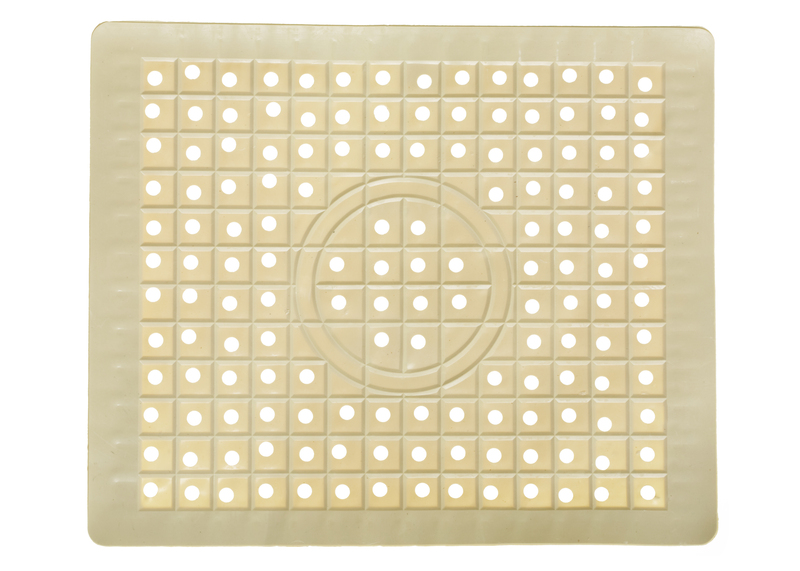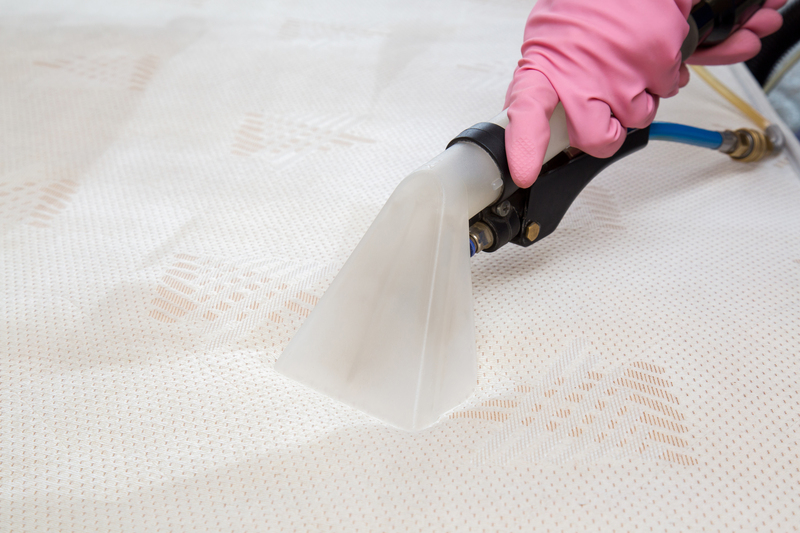Say Goodbye to Excessive Indoor Moisture
Posted on 29/05/2024
Excess moisture in your home can lead to a variety of problems, from mold growth to musty odors. Not only can it damage your walls, floors, and furniture, but it can also have negative effects on your health. If you've been dealing with excessive indoor moisture, don't worry - there are plenty of solutions that can help you say goodbye to this problem once and for all.
In this article, we will discuss the causes of excessive indoor moisture, the potential risks associated with it, and most importantly, effective tips and tricks to eliminate it from your home. We will also highlight the pros and cons of different methods and provide key takeaways for maintaining a dry and healthy living space.
The Causes of Excessive Indoor Moisture
Before we delve into the solutions, it's important to understand what causes excess moisture in the first place. Here are some common culprits:
1. Humid weather: Hot and humid weather outside can easily transfer moisture indoors, especially if you leave your doors or windows open.
2. Poor ventilation: Without proper ventilation, humidity levels inside your home can rise quickly. This is particularly common in bathrooms without exhaust fans or kitchens without range hoods.
3. Water leaks: A leaky roof, pipes or faucets can lead to water accumulation and contribute to high humidity levels.
4. Daily activities: Simple activities like cooking, showering, or doing laundry can generate moisture that gets trapped inside your home if not properly ventilated.
5. Wet basements: Basements often have higher humidity levels due to their location below ground level and lack of natural ventilation.

The Risks Associated with Excessive Indoor Moisture
Excessive indoor moisture not only causes structural damage to your home but also poses health risks for you and your family. Here are some potential risks:
1. Mold growth: One of the most significant risks of high humidity levels is mold growth. Mold thrives in moist environments and can lead to respiratory problems, allergies, and even structural damage if left unchecked.
2. Dust mites: These microscopic bugs also thrive in humid conditions and can cause allergic reactions and asthma attacks.
3. Musty odor: Excessive moisture can create a damp, musty smell in your home that is unpleasant and difficult to get rid of.
4. Health concerns: High humidity levels can also aggravate existing respiratory issues and cause skin irritation.
Effective Tips and Tricks for Eliminating Excessive Indoor Moisture
Now that we've covered the causes and risks of excessive indoor moisture, let's discuss practical solutions to get rid of it.
1. Use a dehumidifier: This appliance is designed specifically to remove excess moisture from the air. Place it in rooms with high humidity levels, such as bathrooms or basements, for best results.
2. Increase ventilation: Natural ventilation is crucial for maintaining a dry home. Ensure all rooms have proper air circulation by opening windows or using exhaust fans where necessary.
3. Fix leaks: Keep an eye out for any signs of water leaks in your home, such as wet spots on walls or ceilings, and address them promptly to avoid future moisture problems.
4. Monitor indoor plants: Plants release moisture through their leaves which can contribute to higher humidity levels indoors. Limiting the number of plants or placing them outside when possible can help reduce excess moisture.
5. Use rock salt: Placing bowls of rock salt around your home can help absorb excess moisture from the air.
6. Keep surfaces clean and dry: Wipe down surfaces after showering or cooking to prevent excess moisture from settling on them.
The Pros and Cons of Different Methods
While these tips are effective at reducing excessive indoor moisture, it's important to understand their pros and cons.
- Dehumidifiers: Pros - Effective at removing excess moisture, can be used in specific rooms. Cons - Can be expensive to run, may not be effective for larger areas.
- Increased ventilation: Pros - Cost-effective method, good for overall air quality. Cons - May not be practical during extreme weather conditions, may invite outdoor allergens into your home.
- Fixing leaks: Pros - Prevents structural damage and future moisture problems. Cons - Can be costly and time-consuming depending on the severity of the leak.
- Monitoring indoor plants: Pros - Keeps your home healthy and green. Cons - May not be practical for plant lovers or those with allergies.
- Using rock salt: Pros - Inexpensive and natural method. Cons - May not be as effective in high humidity areas.

Key Takeaways
To maintain a dry and healthy home, here are some key takeaways:
1. Keep your home well-ventilated by opening windows, using exhaust fans, and investing in a dehumidifier if necessary.
2. Regularly check for leaks and fix them immediately to prevent structural damage and mold growth.
3. Monitor humidity levels in your home with a hygrometer and aim to keep it below 50%.
4. Be mindful of daily activities that generate moisture and take steps to reduce it, such as wiping down surfaces after showering or cooking.
In Conclusion
Excessive indoor moisture can lead to various problems that can affect both your home and health. But with the tips and tricks mentioned above, you can effectively say goodbye to this issue and enjoy a dry and healthy living space. Remember, prevention is key - keep up with regular maintenance tasks and monitor humidity levels to prevent excess moisture from becoming a major problem in your home.






